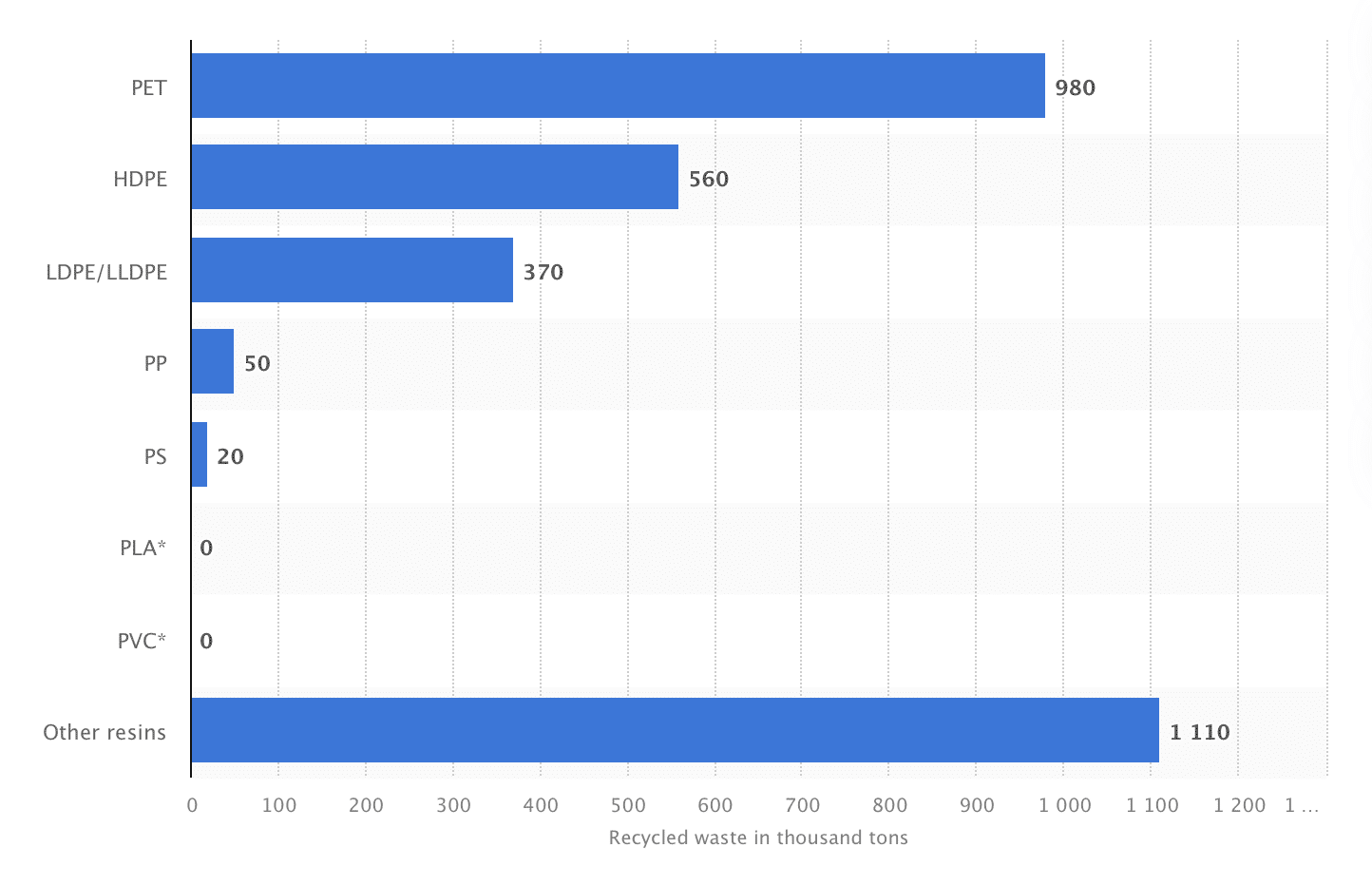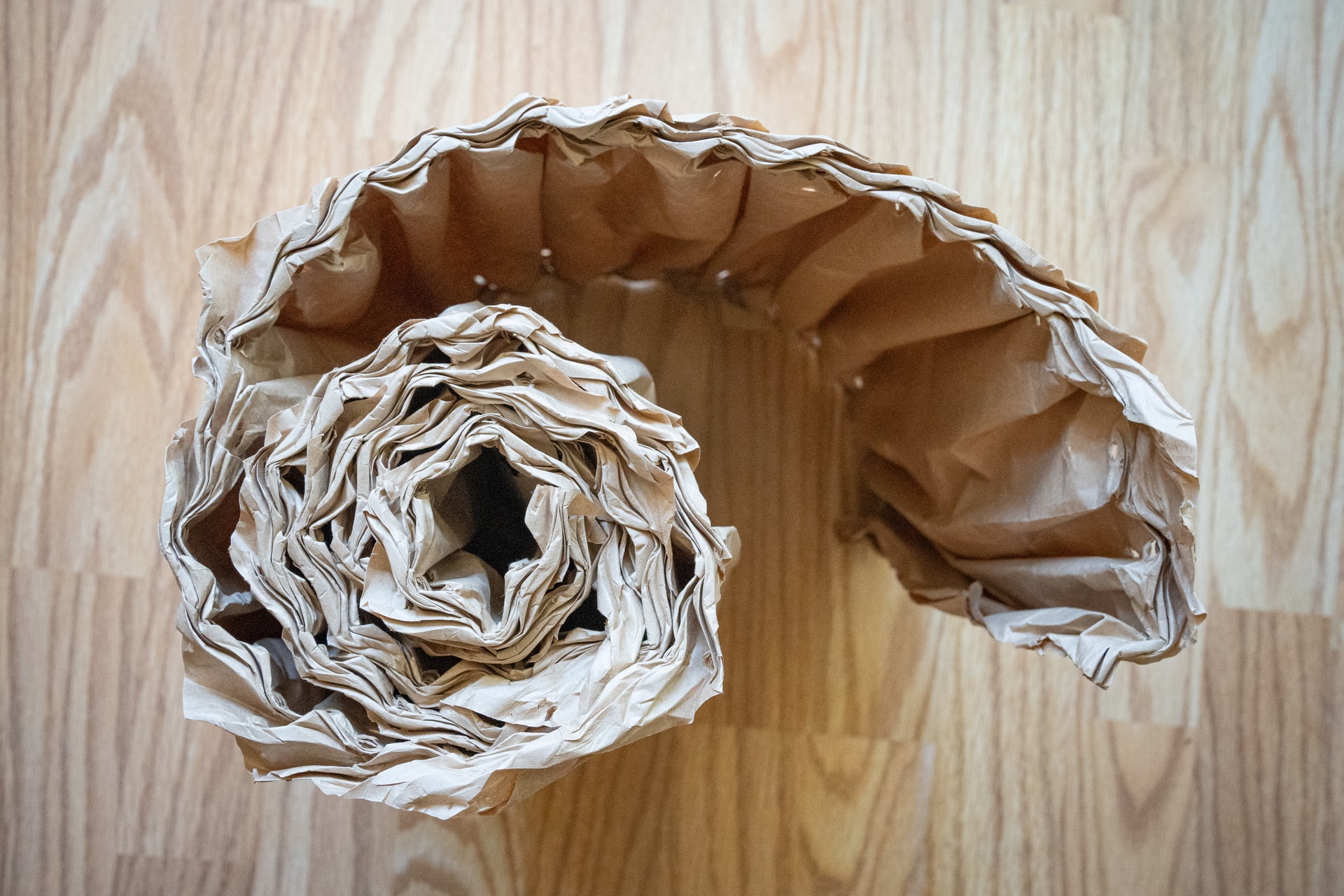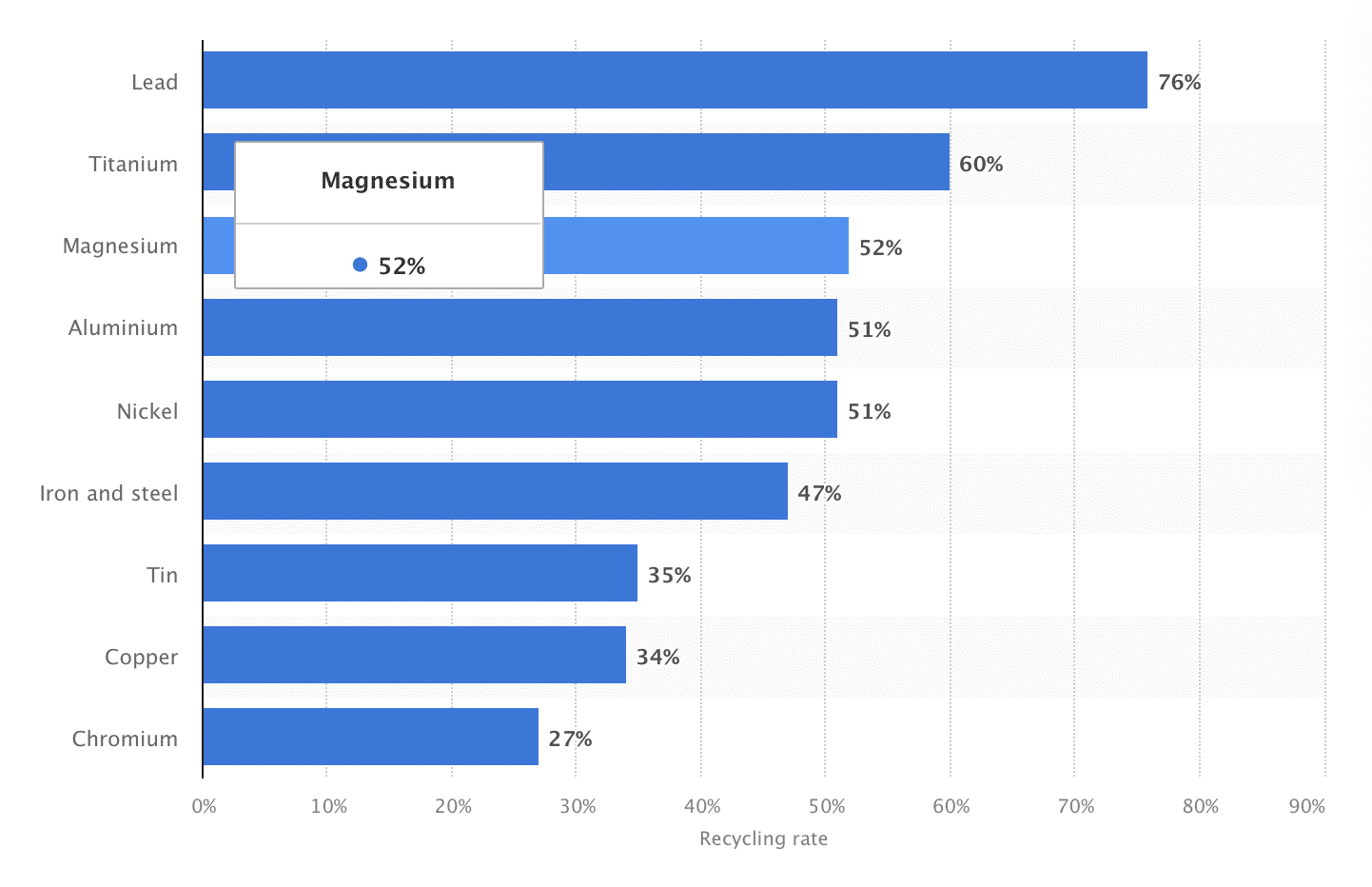How Much Recycling Actually Gets Recycled?
Learn more about how much recycling actually gets recycled, and the materials that make up some of the recycling industry.
Recyclops is a technology startup that innovates solutions for sustainability, starting with recycling. Since our launch in 2014, we have followed our core values paired with sustainability in mind to help give people access to affordable and convenient recycling options across the United States. However, many people still believe that recycling is not the answer, creating harsh stigmas around the actual impact living a more sustainable lifestyle can create.
Recycling is a complex industry and it’s okay to have questions, especially when it comes to your impact on the environment and your community as a whole. One of the main questions throughout the recycling process and industry is: how much recyclable material is recycled, compared to the amount that just ends up in landfills. This is a clear issue that needs to be solved as transparency in our operations at Recyclops falls into our core values and is highly important to us as a company.
Advancements in the recycling industry have made it easier not only to recycle basic products but also complex items through new technology and research. Additionally, living a more sustainable lifestyle has become a higher priority to many around the world. While this is good news for the industry as a whole, there are still many gaps that need to be filled before recycling can be considered perfect in all aspects.
Over the past 50 years, plastic has risen as one of the most common products used in almost every industry around the world. From the automotive industry to farming and agriculture, plastic is something that everyone uses daily. On average, each American generates up to 130 kilograms of plastic each year with the US being the largest producer of plastic on the planet.
Since plastics are found in almost every product, the main focus comes from the plastic used in packaging and containers. In 2018 according to the Environmental Protection Agency (EPA) this category of plastic had the highest volume of material for plastics that came in at approximately 14.5 million metric tons. This category includes bags, sacks, and wrap packaging; polyethylene terephthalate (PET) bottles and jars; high-density polyethylene (HDPE) natural bottles; and other containers.
Overall the number of recycled plastics is small compared with approximately 3 million tons recycled. This created a recycling rate of 8.7 % in 2018. However, other types of plastic containers had a more significant recycling rate. The recycling rate of PET bottles and jars was 29.1 percent in 2018, and the rate for HDPE natural bottles was 29.3 percent in 2018.
Paper and cardboard are the leading materials for the amount of material recycled annually. According to the EPA, the total generation of paper and paperboard in 2018 was 67.4 million tons in the US. Approximately 46 million tons of paper and paperboard were recycled in 2018 for a recycling rate of 68.2 percent.
Additionally, products made of paper, excluding newspapers, had a recycling rate of 43.1 percent, while newspapers had a recycling rate of 64.8 percent. Paper containers and packaging, excluding corrugated boxes, had a recycling rate of 20.8 percent, while corrugated boxes had a recycling rate of 96.5 percent in 2018.
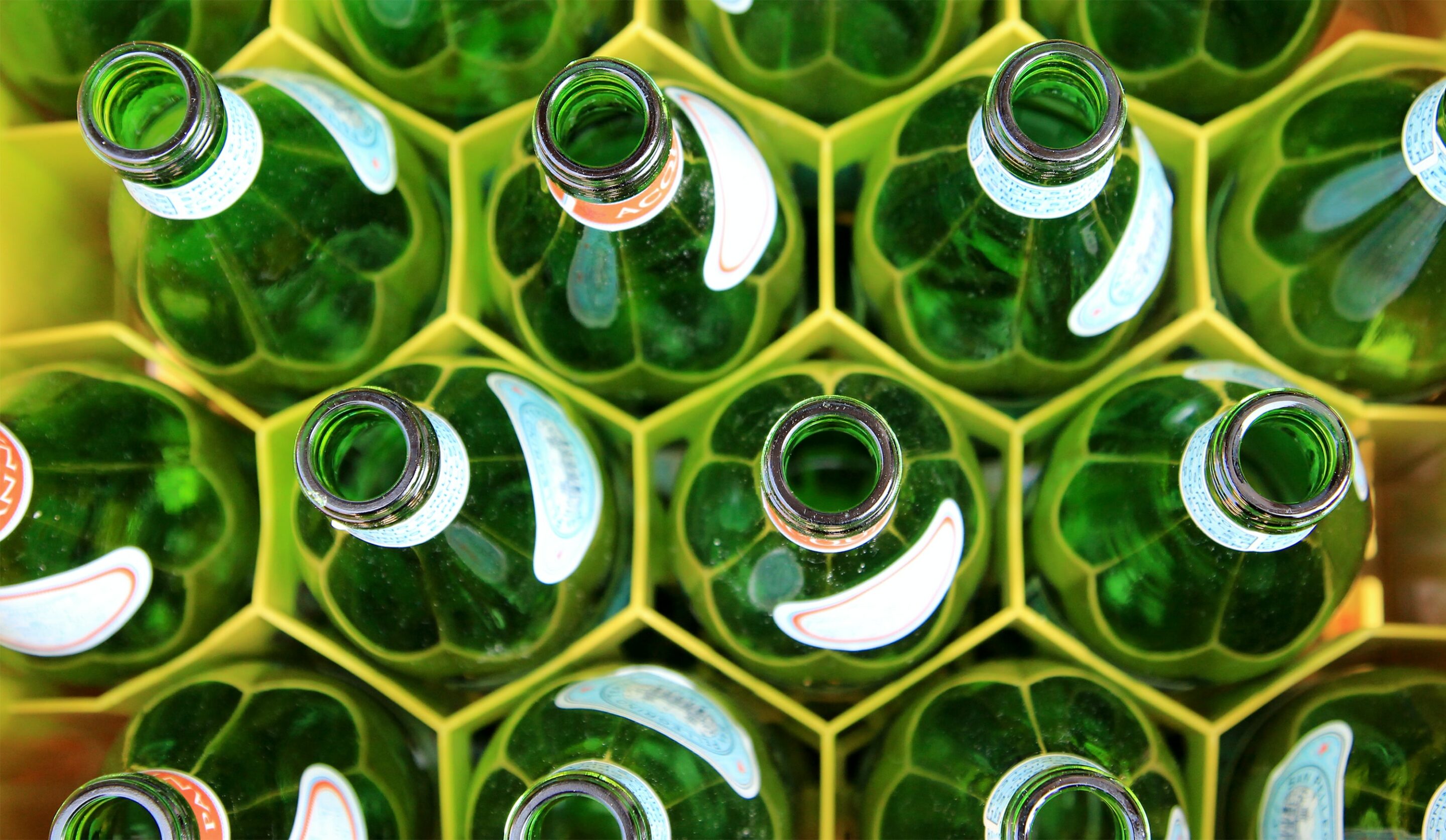
According to the EPA, The number of recycled glass containers was 3.1 million tons in 2018, for a recycling rate of 31.3 percent. There are many other options for recycling as well as upcycling glass because it’s more durable and resistant to contamination compared to plastics and paper materials.
Check out these great ways you can upcycle glass as well as other materials from the comfort of your home today.
When reporting on metal recycling, the EPA breaks down the recycling metrics based on their properties as ferrous and non-ferrous metals. The difference between ferrous and non-ferrous metals is quite simple as ferrous metals contain iron and non-ferrous do not. With that being the case, we have broken down the two types of metals into separate categories.
Ferrous metals, which are mainly iron and steel comprising most of the weight of the recycled material are found in household appliances, containers, and furniture. Large quantities of this metal are also unsurprisingly found in construction materials and machinery. According to the EPA, the generation of ferrous metals was 19.2 million tons in 2018.
According to the EPA, the generation of non-ferrous metals totaled 2.5 million tons in 2018. To break it down the lead in batteries accounted for approximately 1.7 million tons of this amount. As a percentage of total generation, other nonferrous metals were less than 1 percent in 2018.
Recycling of other non-ferrous metals was approximately 1.7 million tons in 2018, with recycling being due to lead recovered from batteries. In 2018, the estimated amount of recycled battery lead was about 99 percent.
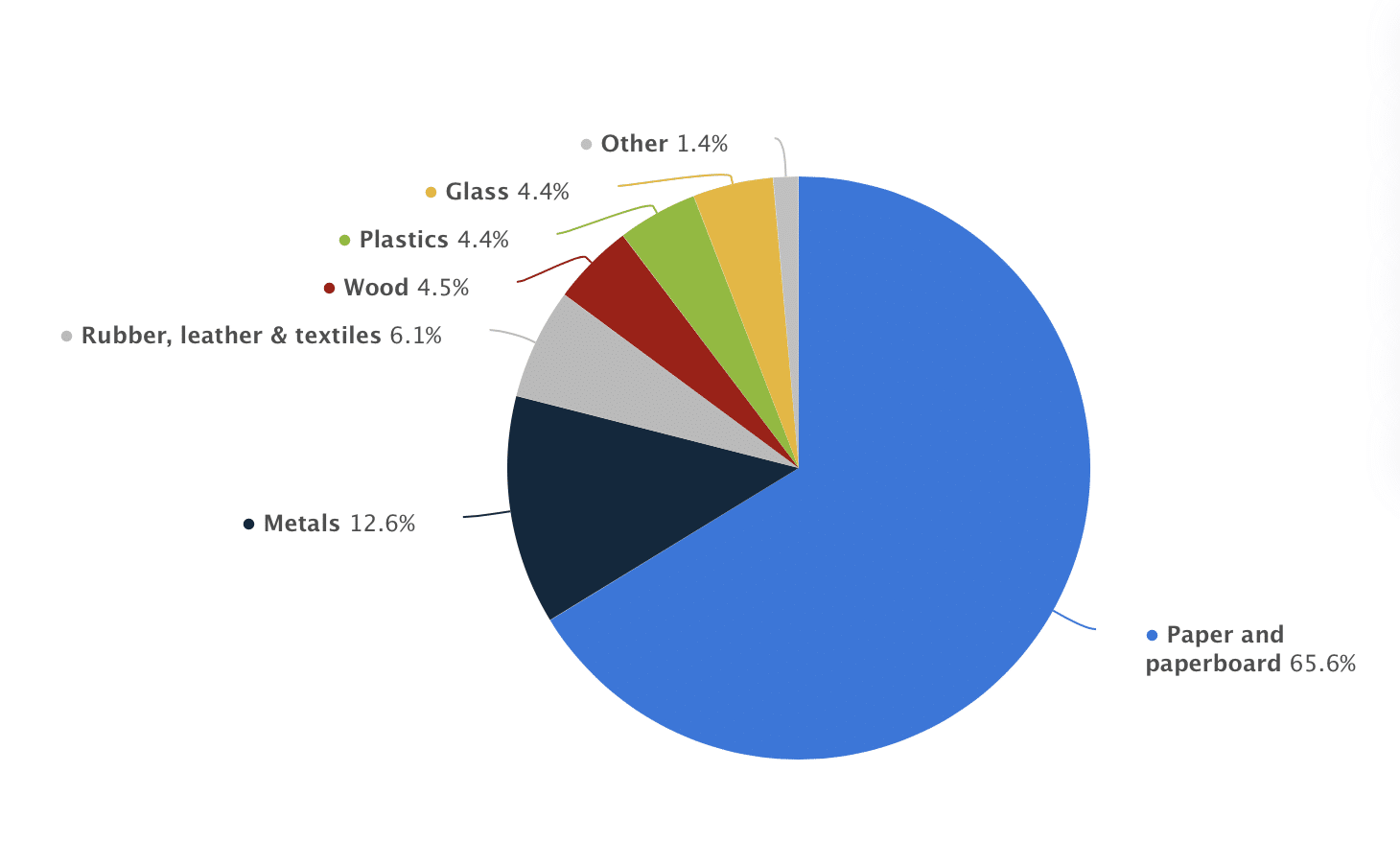
Now it’s easier than ever to start your recycling journey with Recyclops. Check out our locations page here to find your closest recycling route. Additionally, find out the benefits of living a more sustainable lifestyle not only for you but for your community as well at our blog here.
Our team at Recyclops makes it easy to recycle today straight from the convenience of your home. With our service, you know that your recyclables are going to a designated recycling facility and not a landfill. Learn more about where your recycling goes here.
Depending on your location, recycling is as easy as putting all your materials in one or more bags (depending on how many you have) and putting them right on your doorstep or curbside. Your local Recyclops driver will be there to pick up your materials and ensure they arrive at the destination. And don’t worry about making space for another bin, Recyclops bags or carts come with all our services and pickups come at your convenience.
We want to make recycling easy and simple, and that starts with recycling on your schedule.

